Bass fishing boats typically fall into four categories: aluminum bass boats, fiberglass bass boats, bass tracker boats, and kayak or canoe fishing platforms. Each type offers different benefits in terms of stability, speed, and maneuverability, catering to various angling preferences and fishing conditions.
Having the right gear and equipment plays a major role in the overall success of bass fishing anglers throughout the world. It’s no secret that bass can be caught from the shoreline of most freshwater lakes and rivers across North America, but having a boat opens up many opportunities as an angler.
With so many different types of fishing boats in existence it’s likely that a beginner might ask the question: what type of boats do bass anglers use?
In this article, we’ll discuss some of the types of boats used for bass fishing and the advantages and disadvantages of each one. This article is part of my Complete Guide to Bass Fishing series that you might be interested in.
Table of Contents
What is a Bass Boat?
You may have heard the term “bass boat” in your search to understand what boats bass anglers use in most cases. There are a number of different makes, models and styles that are usually considered bass boats and some have special applications compared to others. We’ll start by explaining just what a bass boat is.
Bass boats have a distinctly lower profile than most other types of boats, especially those often used in saltwater fishing or rivers. This low profile construction is designed to give users better stability since bass fishing anglers typically spend a great deal of time standing or walking around the boat when it’s on the water.
The low profile build is also made to offer the best performance on a calm, flat lake. Most bass anglers spend their time fishing in large freshwater lakes and reservoirs where there is very little waves or surf rise in these bodies of water. These boats are also designed with a low profile to allow the greatest amount of stability for anglers when casting. The boat’s design is crafted so that
When it comes to bass fishing, it’s common for an angler to be required to step out onto the edge of the boat when fighting fish and landing them. In a typical boat built to handle high surf conditions, it’s very difficult to walk around the edge in the same way bass anglers must do when reeling in their catch.
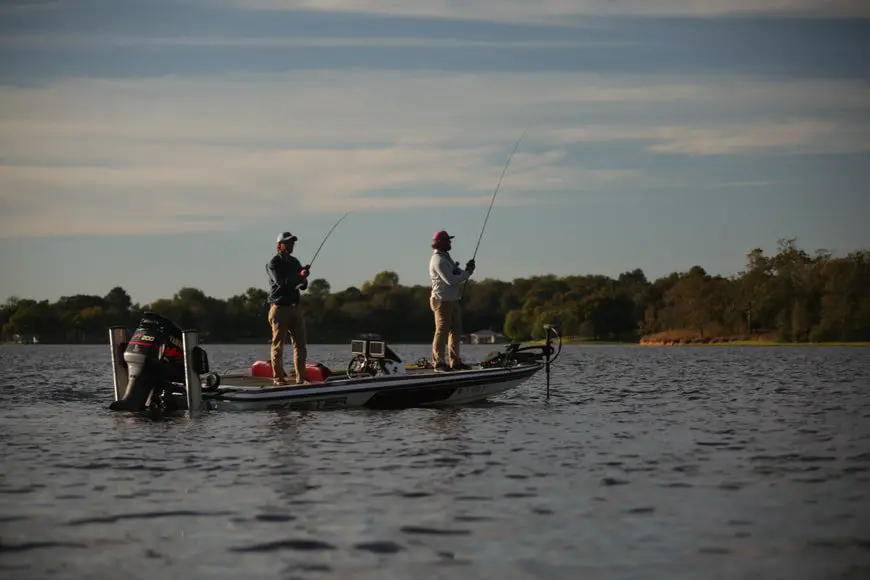
Construction Material
There are two main types of bass boat hull materials that include aluminum and fiberglass. In recent decades, fiberglass boats have become the construction material of choice for professional bass anglers for a few specific advantages.
Fiberglass hulls are much lighter than heavy aluminum boats, making them quite a bit faster in moving across the water with a high-powered outboard motor. These fiberglass boats are also much quieter than aluminum since the density of the fiberglass material makes it possible to absorb much of the vibrations caused by footsteps, or even dropping a heavy item onto the deck.
This fiberglass material is lighter and doesn’t sit quite as low in the water as an aluminum boat might. The low water-level on the fiberglass boat’s hull makes it easier to travel using a trolling motor as well.
Fiberglass hulls have a few disadvantages that mainly revolve around the fact that they lack the durability an aluminum hull offers. Aluminum bass boats allow anglers to traverse rocky areas where large rocks and boulders might be just below the water’s surface. These rocks, trees or other objects might easily punch a hole in a fiberglass hull, but will barely leave a scratch on aluminum material.
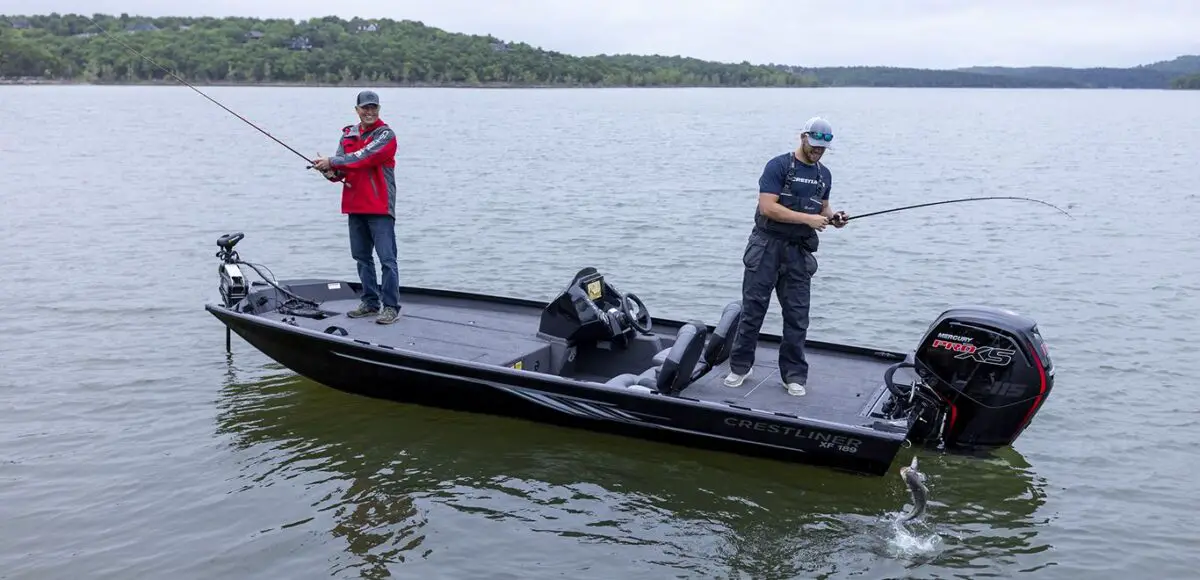
Size and Capacity
Most bass boats are designed to comfortably accommodate one or two anglers, but many boats over the 18’ length can have three adults on board with plenty of space to fish. Many bass fishing tournaments allow two anglers per boat and some even have a judge or a camera-person on board as well.
There are a few brands and models that can easily accommodate more, but the average bass boat is made to fit two anglers on board with one positioned on the bow area and another on the stern.

Features
Most bass fishing boats have swivel seats on the stern and bow positions that allow anglers to comfortably sit and fish from a seated position with adequate lower back support. These seats can spin around in a full 360-degrees to let anglers move and face any direction they need to when casting or reeling in a fish that might quickly dart underneath one side of the boat.
Many newer bass boat models are designed with fish finders already installed, which make it very easy for anglers to upgrade the unit using the existing power cables.
These bass boats might also come with a pre-installed trolling motor that is foot-operated, meaning an angler can sit on the bow seat and steer the boat at any speed they choose with a fully hands-free method. This means they are able to fish while running the trolling motor at the same time, which is a major advantage.
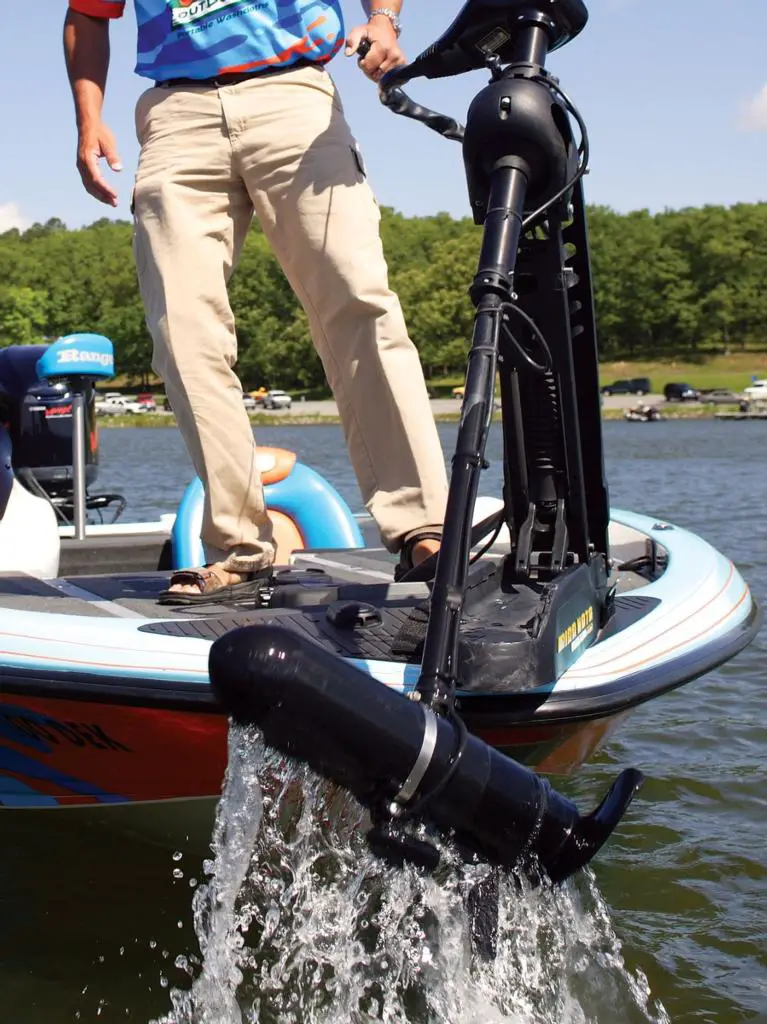
Propulsion Systems
There are mainly two propulsion systems used on bass boats: an outboard engine and a trolling motor. The outboard motor is powered by a gas engine and might be rated for significant horsepower. Some new bass boat models are said to have the ability to travel more than 100 miles per hour on a smooth water surface with the right conditions.
The trolling motor is controlled through an electric, battery-powered system that moves much slower. This small motor is used to slowly and stealthily creep along without spooking fish away from the chosen location you’re trying to reach. Electric trolling motors are also good for actual “trolling” with certain baits that might catch suspended bass in open water or near points and creek channels.

Saltwater vs Freshwater Use
It’s important to note that not all bass boats are made to withstand the corrosive properties of saltwater. This might sometimes include the hull, but it specifically refers to the outboard motor and all its inside and outside parts.
In many cases, bass boats are made to be used in freshwater only and exposing them to saltwater might potentially ruin the boat’s hull, or engine. This will result in costly replacements, so it’s best to be certain whether a boat and engine is made with corrosion-resistant materials before launching it into coastal waters.
Other Types of Bass Fishing Boats
There are also other styles of boat that aren’t as common but are still used by anglers chasing bass. These include inflatable boats and pontoon boats.
Inflatable Boat
Inflatable boats are extremely lightweight and versatile. They can access shallow areas of a lake or river. They are also more portable – you can often lift one with two people (although not with a heavy outboard motor attached).
They are more vulnerable to damage from cuts and underwater rocks, so you will need to be vigilant.
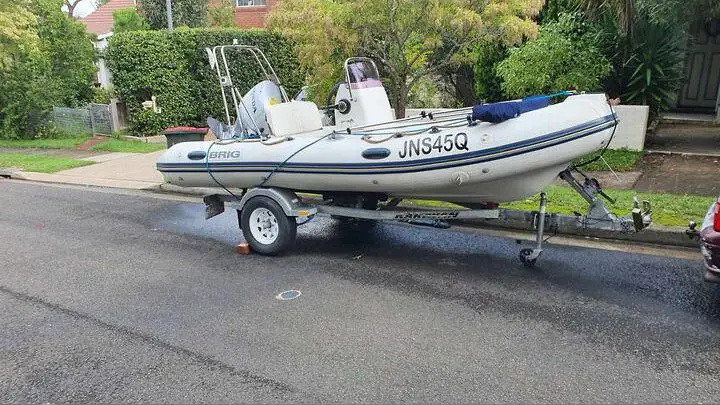
Pontoon Boat
Pontoon boats are a great design for families. They are extremely stable and have plenty of room to walk around and store your equipment. They don’t have a high top speed, so you will want to launch it close to your target fishing spot.
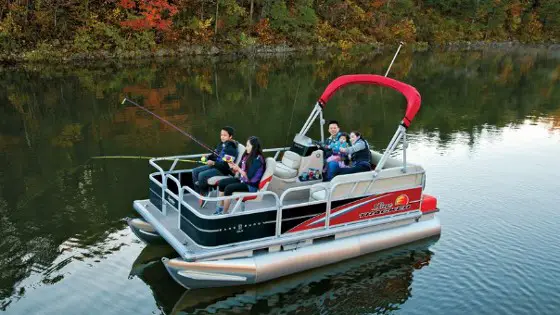
Cost
Bass boats generally cost more when made with pre-installed motors, fish finders and other accessories. These brand-new boats might come with a retail price that’s anywhere from $20,000 to $50,000 or more in most cases (source). So make sure you get enough boat insurance.
Many anglers opt to customize their own bass boats by purchasing the hull, motor, and accessories separately and installing each. This method is very cost-effective, but requires quite a bit of know-how, as well as time and effort to install each of the parts and components properly. If you want to know more, then I have written an article explaining how to outfit your bass boat.
Popular Brands
The most popular manufacturers of bass boats include:
If you are still looking for more information, watch this video by PWF about setting up your bass boat with all the equipment required for a tournament.
